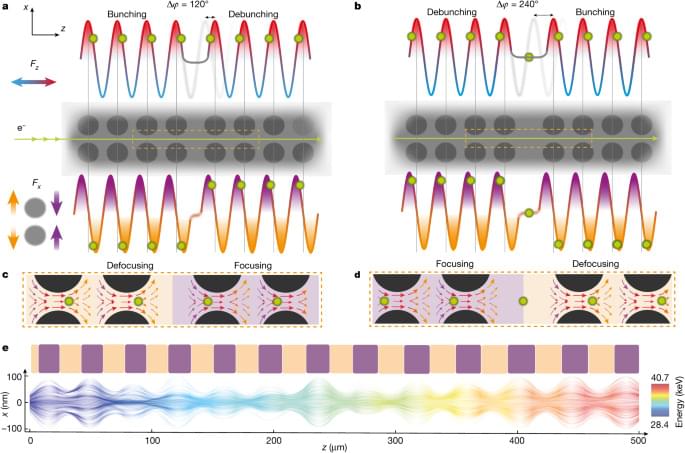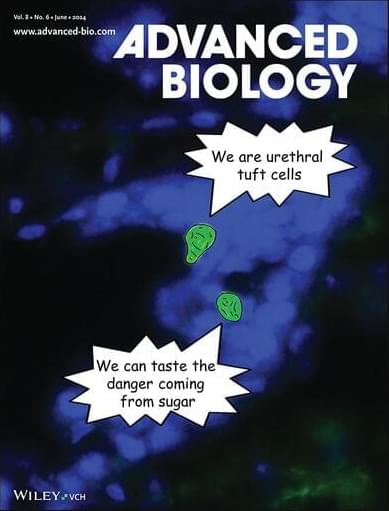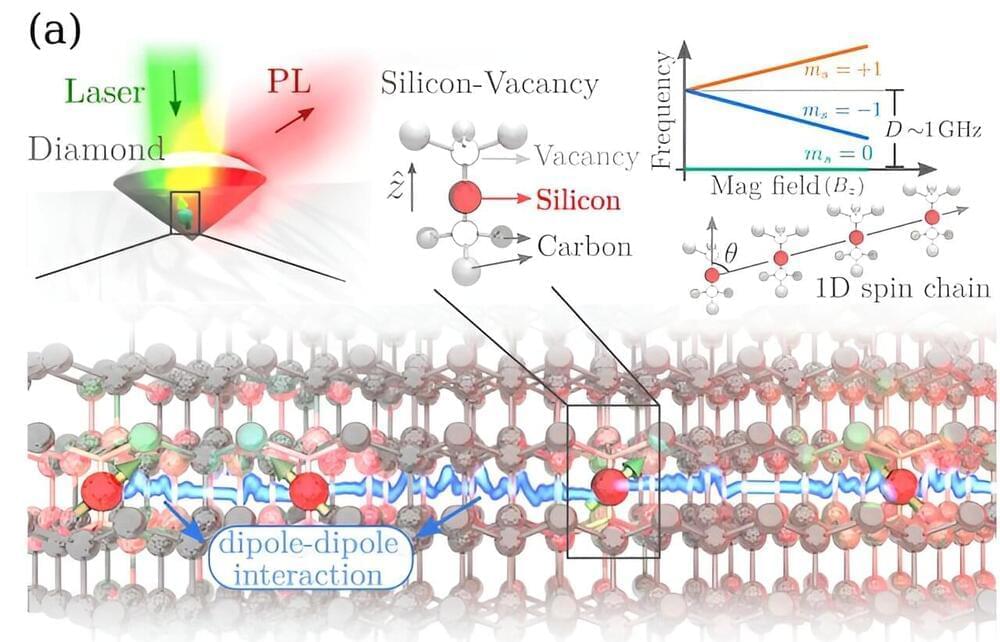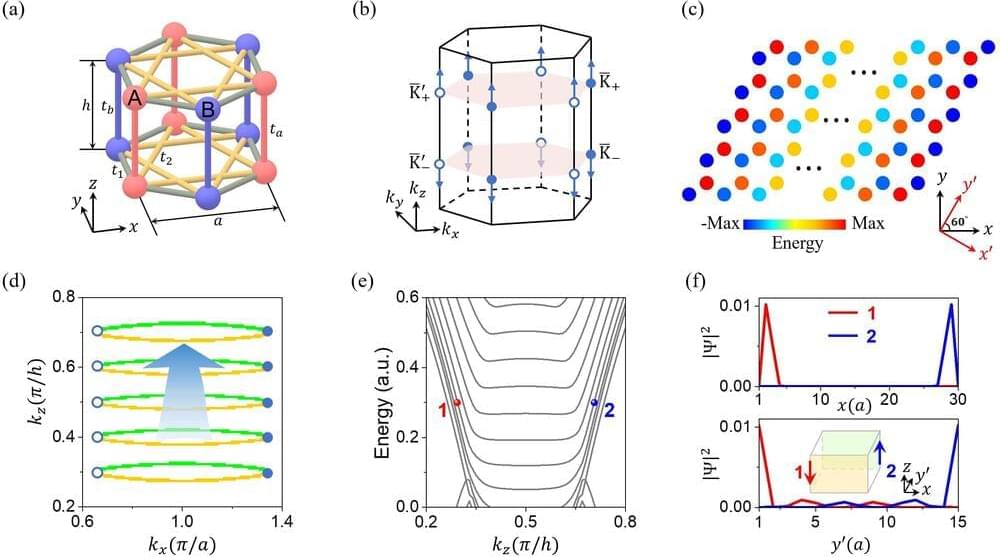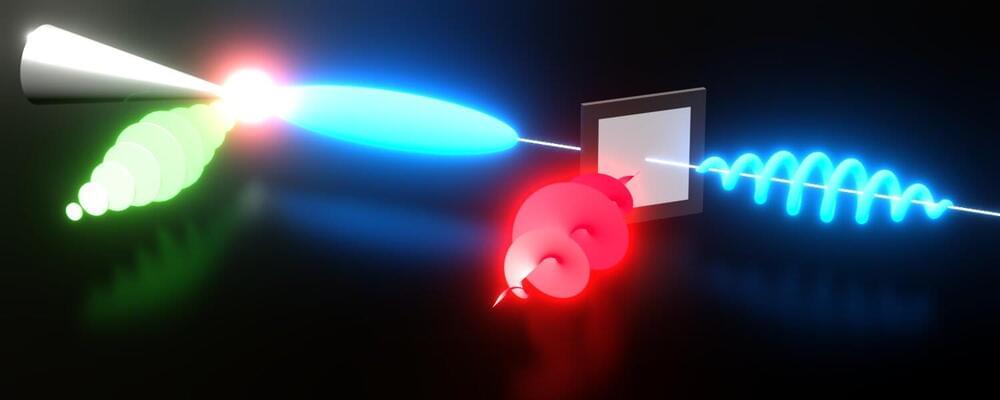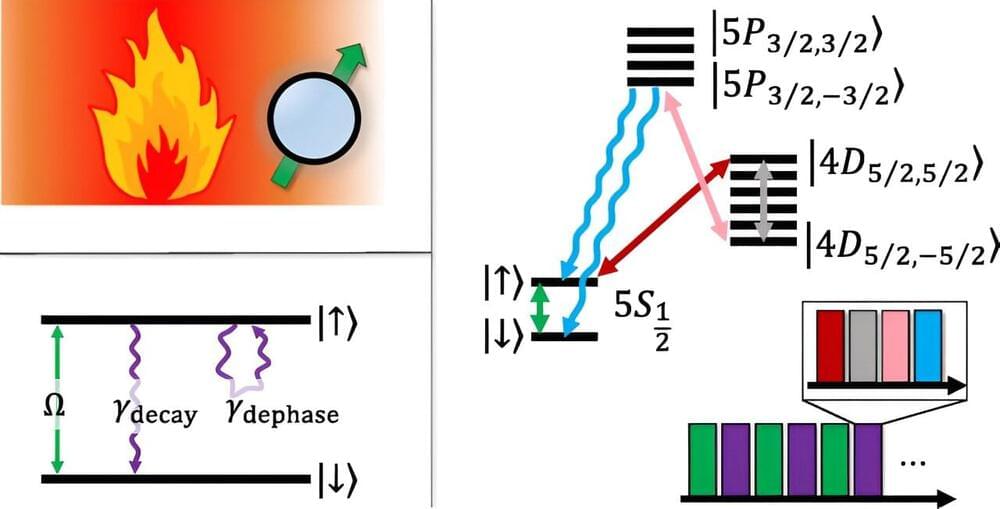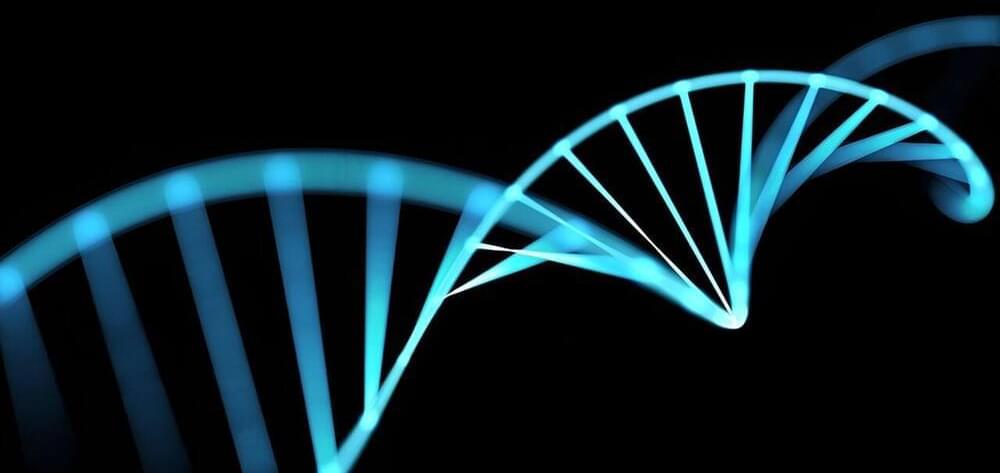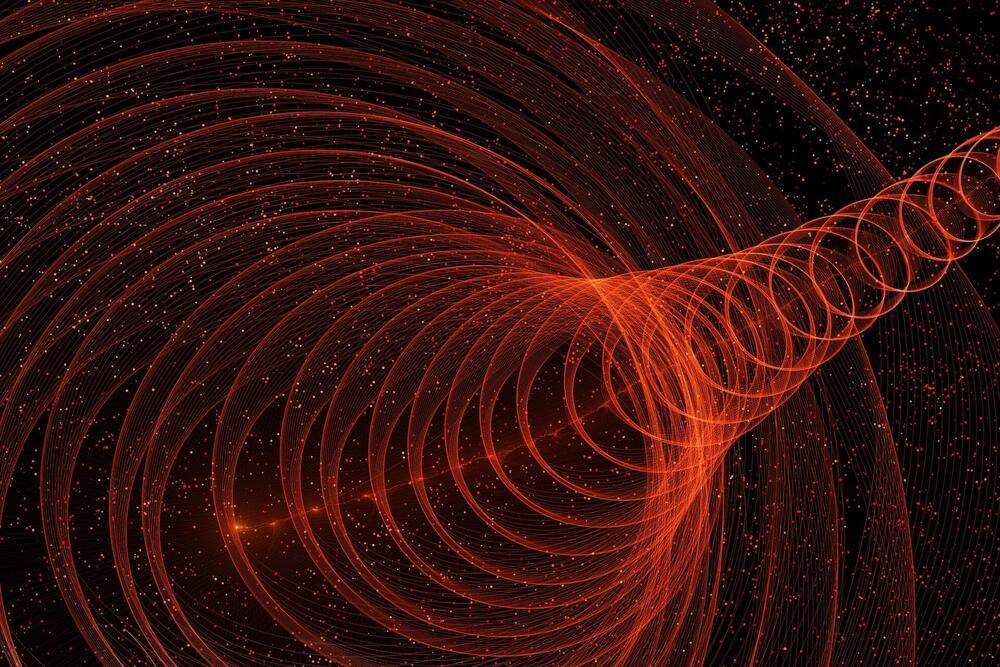
However, a paper just published in Physical Review D by physicists from the University of Warsaw and the University of Oxford has shown that many of these prejudices were unfounded. Tachyons are not only not ruled out by the theory, but allow us to understand its causal structure better.
Motion at speeds beyond the speed of light is one of the most controversial issues in physics. Hypothetical particles that could move at superluminal speeds, called tachyons (from the Greek tachýs—fast, quick), are the “enfant terrible” of modern physics. Until recently, they were widely regarded as creations that do not fit into the special theory of relativity.
At least three reasons for the non-existence of tachyons within quantum theory were known so far. The first: the ground state of the tachyon field was supposed to be unstable, which would mean that such superluminal particles would form “avalanches.” The second: a change in the inertial observer was supposed to lead to a change in the number of particles observed in his reference system, yet the existence of, say, seven particles cannot depend on who is looking at them. The third reason: the energy of the superluminal particles could take on negative values.
